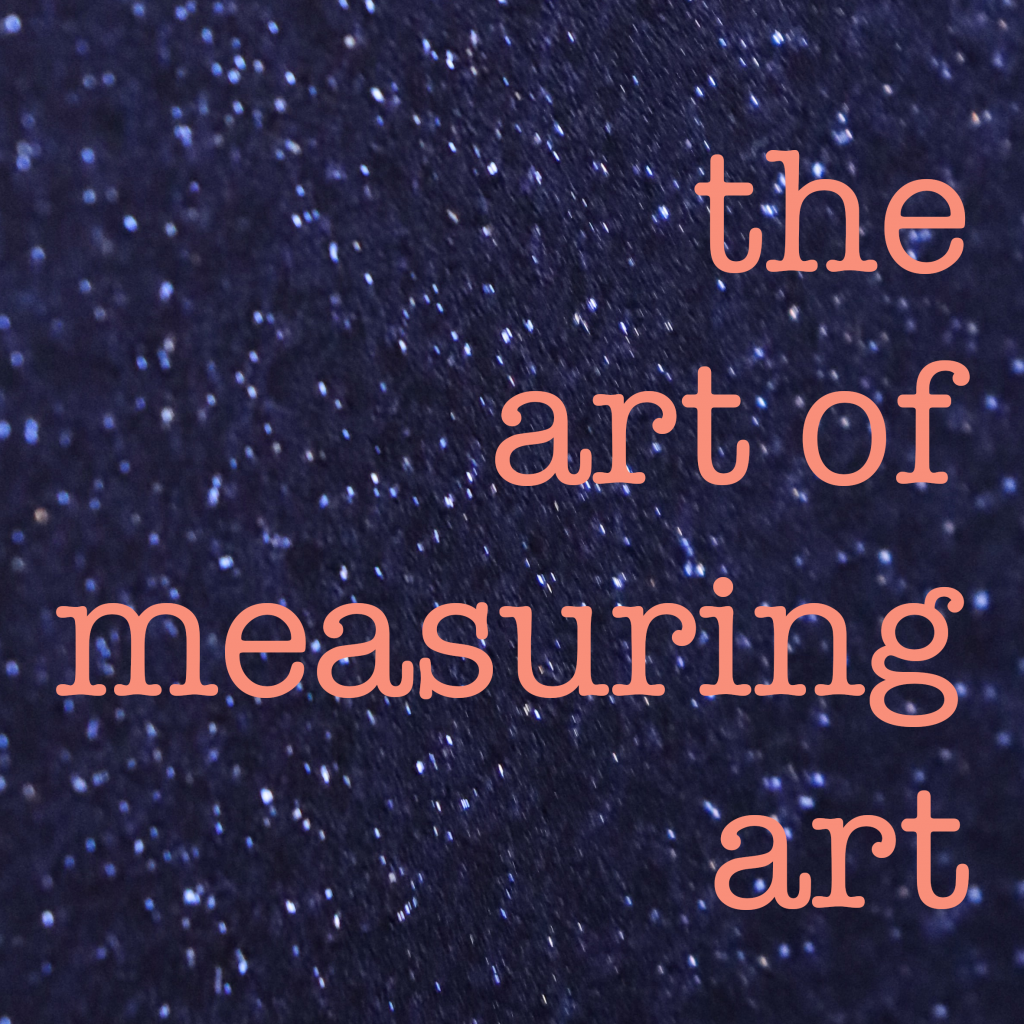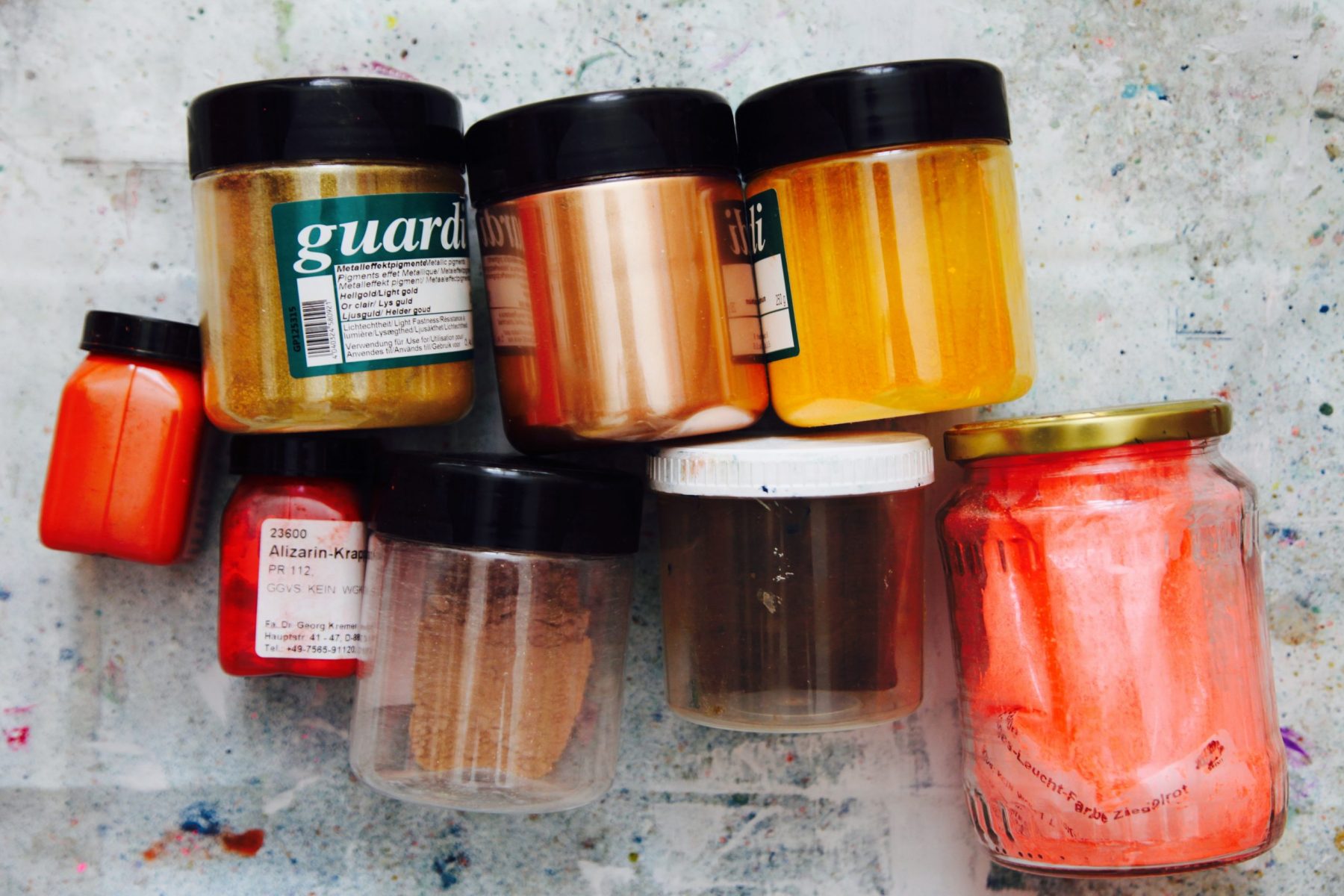It’s official, I’m Dr. phil. in psychology now! You want to know what I spent my time with the last years? Here you go. My cumulative dissertation is now available as Open Access. It gives an overview of my research on an instrument for quantifying artworks on a formal pictorial level. This includes a total of 11 studies, and several publications.

abstract
Although psychological research on art has some tradition, measuring artworks and their formal content has received surprisingly little attention in quantitative research. One reason for this neglect may be the humanistic or qualitative orientation of art sciences; another may be the lack of reliable, valid, and objective instruments for measuring pictorial expression. By bridging art theory and psychometrics, the Rating instrument for two-dimensional pictorial works (RizbA) addresses this gap.
The scale was developed and validated in four validation studies on a total of 899 pictorial works by contemporary artists and nonprofessionals, being rated by a total of 1,577 art experts. A 26-item version was developed in the first study. The second study validated the scale on pictorial works by nonprofessionals, the third on pictures by contemporary artists. Statistical quality criteria such as item difficulty, capacity of differentiation between images, test-retest reliability, inter-rater reliability, Principal Component Analysis and Tucker’s coefficients of congruence were computed. The fourth study specified three path models and conducted a Confirmatory Factor Analysis (CFA). Three further methodical studies developed a machine learning approach, validated a version usable for non-art experts, and provided an item pool for three-dimensional works. Three application studies used the scale on image samples by persons with chronic pain, depression, delirium, and by children.
The results suggest high capacity of differentiation (partial Eta-squared [.28, .90]), high test-retest reliability (r [.86, .92]), and modest to excellent inter-rater reliability (ICC [.53, .92]). Regarding the CFA, only one model partially suggests an acceptable fit. The findings imply reliability and generalizability while the question of the factor structure persists and speaks to a methodological gap between empirical evidence and theory. Since art is ambiguous, with various approaches to its analysis, postdisciplinary approaches are needed to do justice to it.
thanks
This work would not have been possible without the collaboration with and support from these wonderful people. I would like to thank:
Thominsky for all your support – technical, intellectual, and emotional – always and anytime. Thomas for your collegiate supervision, which gave the support and space I needed.
Morten for encouraging and supporting my first steps.
Clara, Beeke, Julia, Sarah, Sina, Johanna, and Leonie for our research collaborations.
Rebecca, Kris, Lily, Thomas, and Hannah for your valuable feedback on my manuscripts.
Georg Franzen for the second review on my dissertation.
All of you who participated in my studies as a rater or by creating pictorial works and thereby supported this work.
The Open Science Fellows Program, Wikimedia Germany, and all my wonderful colleagues who are currently changing science and society by making knowledge transparent, accessible, and equitable – especially Ina for your encouragement.
Anne-Sophie, my sister in science, for your love and solidarity in academia, politics, and beyond.
Simone, Sara, and Karen for our collective path through #PhDlife. Karen, you are missed.
Constanze, Gabi, Ulrich, and Harald for your support in academia and your openness to new approaches.
All my friends and (chosen) family for being there through ups and downs.
My mother for supporting and believing in me from the very beginning when nobody else did.
And finally, full solidarity with all FLINTA*s, BIPoC, and otherwise marginalized people in academia or aspiring to be. You are worthy and capable.
open access
Schoch, K. (2022). The art of measuring art: Methodical development and validation of RizbA, a transdisciplinary rating instrument for two-dimensional pictorial works. Inaugural dissertation for the attainment of the academic degree Doctor philosophiae (Dr. phil.) in psychology. Witten/Herdecke University. Zenodo. https://doi.org/10.5281/zenodo.6772790
